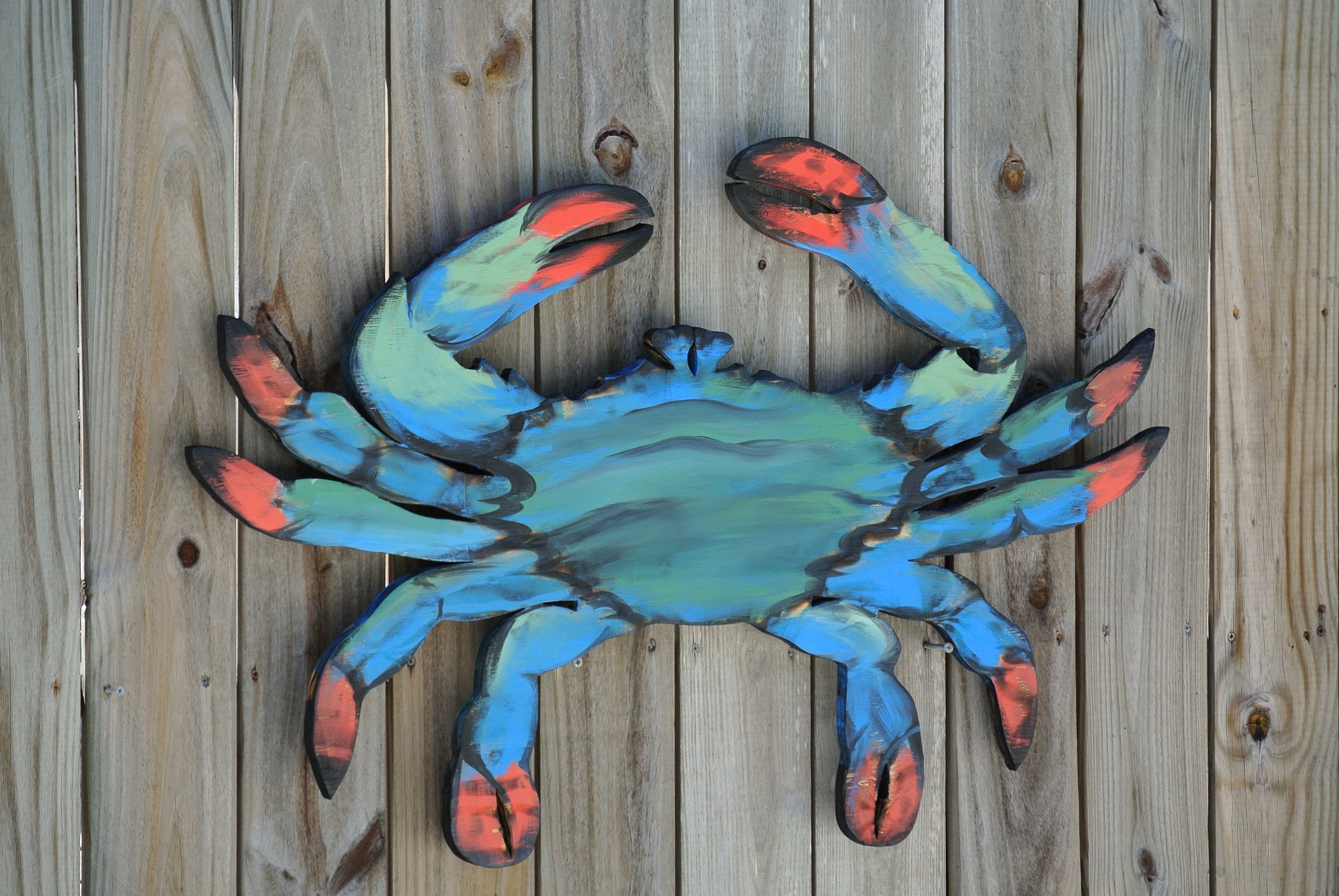

Decorator Crab Factsĭecorator crabs are found in the Kelp forests, which are underwater areas rich in the seaweed kelp. Related: 35 Fun Facts And Information About Jellyfish For Kids 13. The crab turns red after it is cooked, which gives its name. It is an expensive crab but not easy to catch.

The Red King crabs can grow to have a leg span as big as 1.8 meters, or 5 feet 11 inches.The last pair is usually used by the females for cleaning their embryos while males use them to transfer sperm to the female. These crabs use the first two legs as claws and the next three pairs of legs for locomotion.King crabs have fan-shaped tails tucked under the shell.One of the larger species of crabs, the Red King Crab is a dark burgundy colored crab found in Japan, British Columbia, Australia and New Zealand, Argentina and Chile. Blue crabs are sensitive, and any change in the habitat or environment can affect them easily, which is why their numbers have been on the decline in the recent past.Female Blue crabs mate only once in their lifetime.Blue crabs are bottom dwellers and are prickly, which makes them use their pincers often.The scientific name of Blue crab is Callinectes Sapid, which means a beautiful, savory swimmer.

They have striking blue claws with olive carapace. The Blue or Chesapeake Blue crab is a native of the Atlantic shores. Crabs with this parasite don’t get enough nutrition and eventually die.


 0 kommentar(er)
0 kommentar(er)
